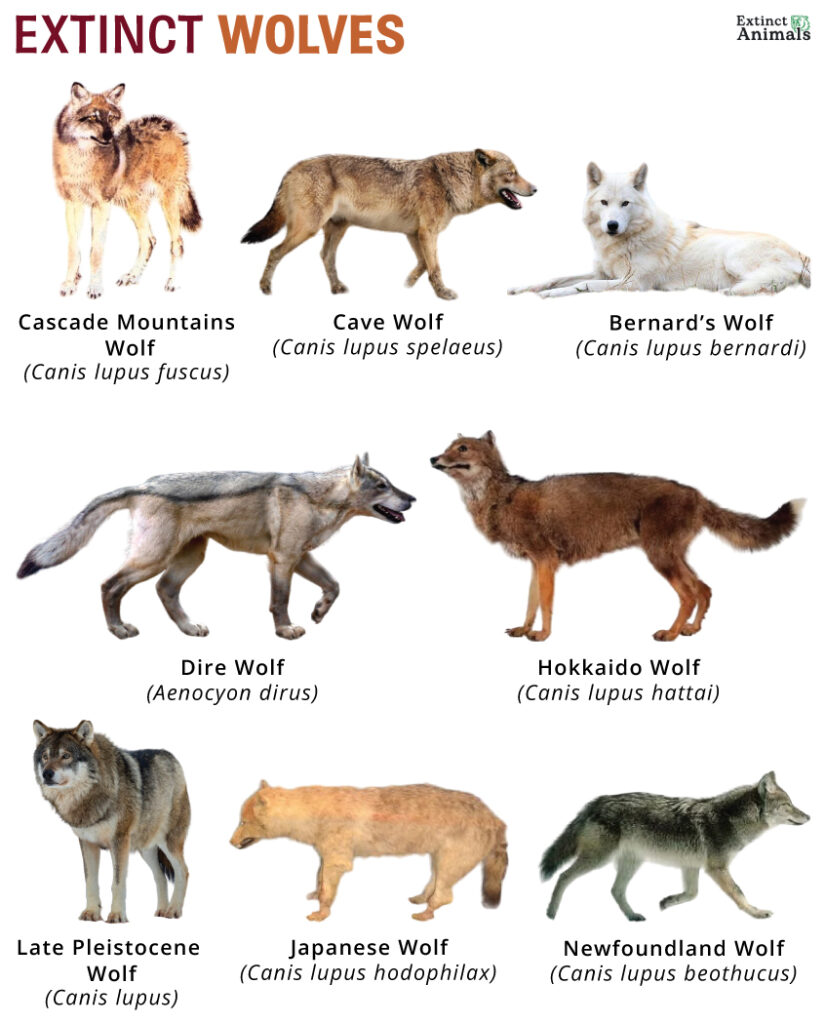For a long time, mostly until the 1970s, humans feared wolves despite them not being our natural predators. Wolves act aggressively in the presence of humans, not out of malice but due to stress. In addition to this, during periods of scarcity, these canids find it much easier to attack animals reared by humans as they are less capable of fighting back. This is still common in Eurasia, where many wild wolves’ diets are made up of domesticated animals. As a result, wolves have been persecuted regularly, becoming extinct in the wild in certain countries.
While the motivation behind the persecution of the wolf was mostly similar globally, the exact reasoning varied depending on the country. In Japan, wolves used to attack horses, and those infected by rabies would even attack humans, leading to the announcement of bounties for killing them. This would even become national policy in the Meiji Era, ultimately leading to the complete extermination of any native wolves in the country. Similar bounties were established throughout the United Kingdom, as wolves were quite a nuisance in places like Scotland, where they were known to dig up corpses from graves. Eventually, the combination of hunting for bounties and sport and deforestation caused by agricultural expansion led to the wolf being wiped out throughout the United Kingdom.
However, not all wolves that went extinct can be traced back to human activity. Some, like the Newfoundland Wolf, went extinct due to a lack of specific prey, while others, like the Cave Wolf, couldn’t adapt to the colder temperatures caused by the Ice Age.

| Name | Characteristics | Where Did It Live? | When Did It Go Extinct? | Reason for Extinction |
|---|---|---|---|---|
| Bernard’s Wolf (Canis lupus bernardi) | 1. White fur with black tips 2. Social, like other gray wolves | The Arctic Archipelago, specifically | Between 1918-1952 | The exact reason is unclear, but most likely reasons include a limited range combined with occasional hunting by humans |
| Cascade Mountains Wolf (Canis lupus fuscus) | 1. Cinnamon-colored fur 2. Approximately 5 ft long & weighed 79-108 lbs | Pacific Northwest (British Columbia, Oregon, and Washington) | Around 1940 | Exterminated by European settlers |
| Cave Wolf (Canis lupus spelaeus) | 1. Smaller legs compared to the rest of their bodies 2. Closely related to the domestic dog | Europe | Late Pleistocene (between 129,000 and 11,700 years ago) | Inability to adapt to the drop in temperature caused by the Last Glacial Maximum |
| Hokkaido Wolf (Canis lupus hattai) | 1. One of two wolves native to Japan 2. Light gray fur with dark guard hair along its back | Hokkaido, Japan | Around 1889, possibly even earlier | Extermination by local farmers in the Meiji Restoration period, with the help of strychnine-laced baits |
| Japanese Wolf (Canis lupus hodophilax) | 1. Smaller compared to the Hokkaido Wolf 2. Feral domestic dogs are often confused for this wolf due to the close similarities | Japan (Honshū, Shikoku and Kyūshū) | Around 1905 | Combination of persecution as a result of Meiji Era policies and the introduction of viral diseases like canine distemper and rabies |
| Late Pleistocene Wolf (Canis lupus) | 1. Varied coat color 2. Preyed upon the megafauna of the time like bison, mammoths, and musk oxen | Throughout the Northern Hemisphere | Late Pleistocene (between 129,000 and 11,700 years ago) | Unclear, but potentially because of the loss of prey and habitat with changing environment |
| Newfoundland Wolf (Canis lupus beothucus) | 1. Mostly possessed white fur, but some could change fur color seasonally 2. Hunted the Newfoundland Caribou 3. Closely related to the Labrador Wolf, despite the ranges of the two sub-species not overlapping | Newfoundland, Canada | Around 1911 | Population decline of its primary food source – the Newfoundland Caribou, which almost halved over a decade from 120,000 to 6,000 |
| Dire Wolf (Aenocyon dirus) | 1. Despite being referred to as a wolf, as well as possessing similar proportions to the Yukon and Northwestern wolves, the Dire Wolf is not a wolf 2. Hunted and fed on large prey like bison, camels, ground sloths, etc. | Eastern Asia and the Americas | Early Holocene (between 125,000 and 9,500 years ago) | Changes in temperatures caused its main prey to die out, and it was unable to compete with other carnivores when it came to hunting smaller prey |
Also, it is worth noting that the Mexican Wolf (Canis lupus baileyi) is very likely to become extinct in the wild, with only 200 individuals recorded living in the Mexican wilderness. Breeding programs are currently taking care of around 380 Mexican Wolves in captivity, but whether or not they will ever be released into the wild remains uncertain.